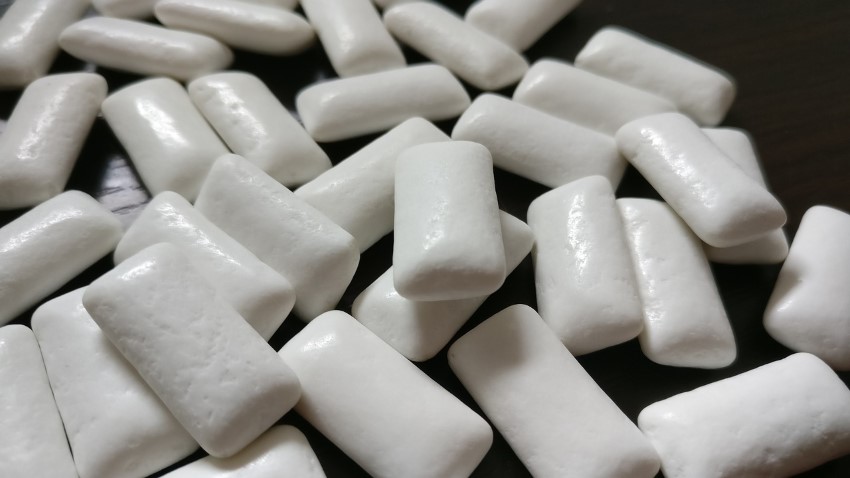The Mayfield Family Made a Name in the Dairy Business; Now a New Generation Reinvents the Modern Family Farm
We’ve all heard the average American farmer is 57-years-old. That is true. But those 57-year-old farmers had to start somewhere to get to that average.
At 39, Michael Mayfield is two decades into his chosen profession. His family came to the area around Athens, TN in 1820. They started the famed Mayfield Dairy business in 1910.
They sold the milk and ice cream business to Dean Foods in 1991, but Michael’s father, Scottie, still serves as president of Mayfield – folks around the Southeast have seen him pitching ice cream on TV commercials for years.
That side of farming never appealed to Michael – maybe because it wasn’t really farming at all.
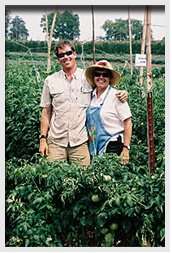
“My dad was a sales and marketing guy, he wasn’t a farmer,” Mayfield says. “When we were at the dinner table, the conversation wasn’t, ‘I’ve got to go mow the back 40,’ it was ‘Dallas-to-Atlanta today and we’re working on a new package and a new ice cream carton’ — that type of conversation.”
Michael didn’t want that. And farming as an industrial calling never appealed to him either. He was studying horticulture at Auburn University when he realized what he wanted to do in life was run a simple family farm.
Over the past 20 years or so, he’s found out there is no such thing as a simple family farm.
Mayfield quickly realized that to be a farmer, especially a little guy in a land of giants, you have to be creative, you have to be diverse, you have to be nimble, you have to be smart and you have to be resilient. You also have to be willing to play dice with your family’s future on a daily basis.
Right now, Mayfield Farms is in the midst of its peach harvest. Yes, there is a Southeastern farm with a peach crop in this year where the rest of the Southeast deal was devastated by a late season frost.
Ingenuity saved the Mayfield crop. The farm only has 10 acres of peaches, planted eight years ago, but they produce 100,000 pounds of fruit a year.
When the mid-March weather forecast called for two days of temperatures in the low 20s (the actual low dropped all the way to 14 degrees) Mayfield figured his peach crop was as good as gone.
But, as farmers always have, he started thinking – quickly — of ways to save it. “I just couldn’t stand idly by and let it go,” Mayfield says.
Too small to afford modern weather weapons like Frost Dragons, which can cost upwards of $15,000, Mayfield had to improvise. Brother Charles Mayfield came up with an idea of setting out burn barrels throughout the orchard, 120 in all, filled with diesel fuel and firewood. The crew drove an airblast sprayer through the grove both nights in hopes of moving warm air around.
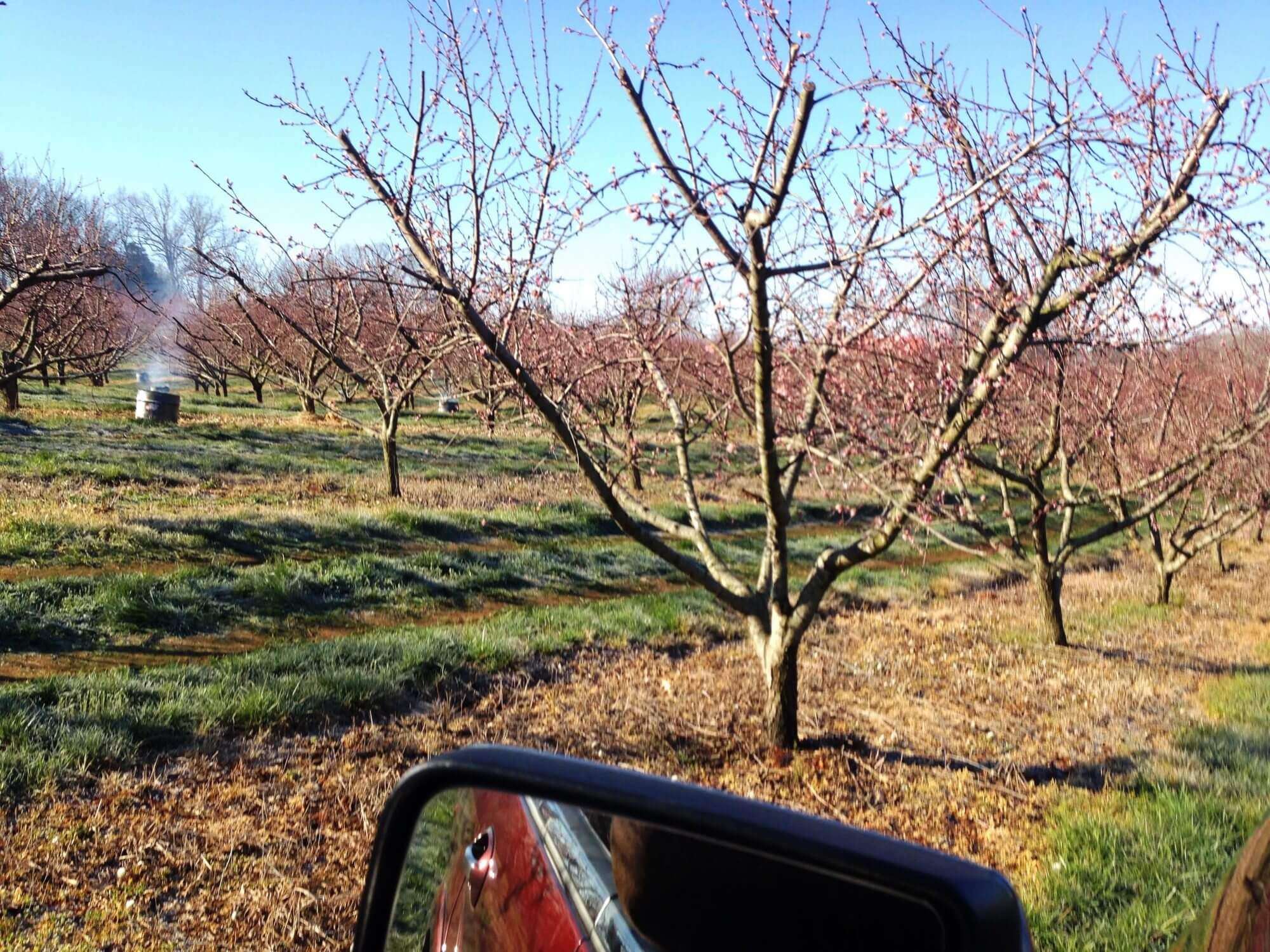
Burn barrels in Michael Mayfield's peach orchard during a late March freeze; this is the actual, agritourism-configured layout of Mayfield Farms.
Mayfield has a full crop of peaches while his neighbors next door and throughout the Southeast have few-to-none. This is not a peer-reviewed scientific experiment, but it seems like Mayfield’s MacGuyvering was successful. “I thought we would have zero peaches honestly, so when we actually had any I figured it had to have worked to a certain degree,” Mayfield says.
But he won’t do it again. He’s already looking for better ways to protect his trees from the next frost, something he can set in motion and walk away from, not the burn barrels, which were basically like “tending 120 campfires all night.”
He’s considering concocting his own long-lasting burn barrel fuel. He’s talking to chemists to explore the idea of creating a freeze-proof foam that will adhere to trees then go away quietly after the frost.
That’s the kind of creativity a modern family farmer has to have. Every piece of the operation is important. Every potential revenue stream must be explored. Every idea – even the crazy ones – must be considered.
In addition to peaches, Mayfield Farms has 15 acres of pumpkins, two acres of blackberries, and several hundred acres of pine and hardwood trees for timber and pulp. And Mayfield was one of the first farms to embrace the idea of agritourism. About two dozen years ago they opened one of the nation’s first corn mazes.
Soon a fall pumpkin patch followed. As the years have passed, Mayfield has continued to add attractions to the agritourism operation, covering a variety of food and fun options designed to help the thousands of people who visit annually divest themselves of a few more dollars per head.
Mayfield prefers to focus on growing for processors, not the fresh market. That means he can salvage imperfect fruit, save on chemicals and labor, doesn’t have to worry about packaging of any kind, and never has to market a crop. Most of the peach bounty that’s coming in now is going to a local winery. With the craft beer industry booming and commercial hops trials underway in some Southeastern states, Mayfield is considering experimenting with an acre or two himself.
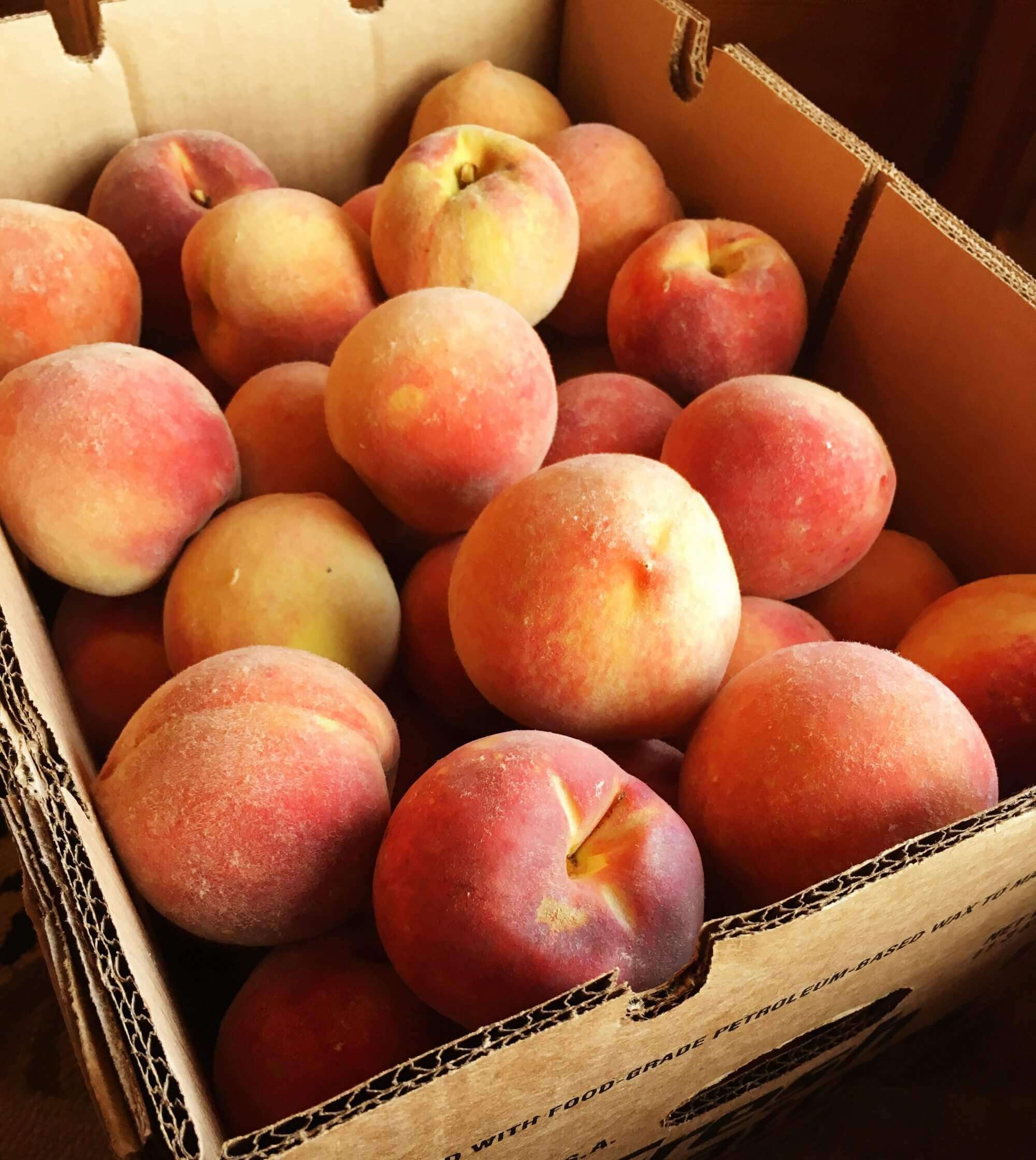
‘They’re Not Printing Any More Newspapers…’
The picture is ever-shifting and always complex. The pine tree acreage served the family well for years, but “now they’re not printing any more newspapers and these pines for pulp aren’t worth anything.” So as pine is clear-cut, Mayfield plans to replace that acreage with hardwoods.
In 40 or 50 years, future generations will harvest those trees. But Mayfield’s thinking about planting some of that new acreage in oaks that have been inoculated with truffle fungus in hopes of taking advantage of a lucrative and booming market in that delicacy.
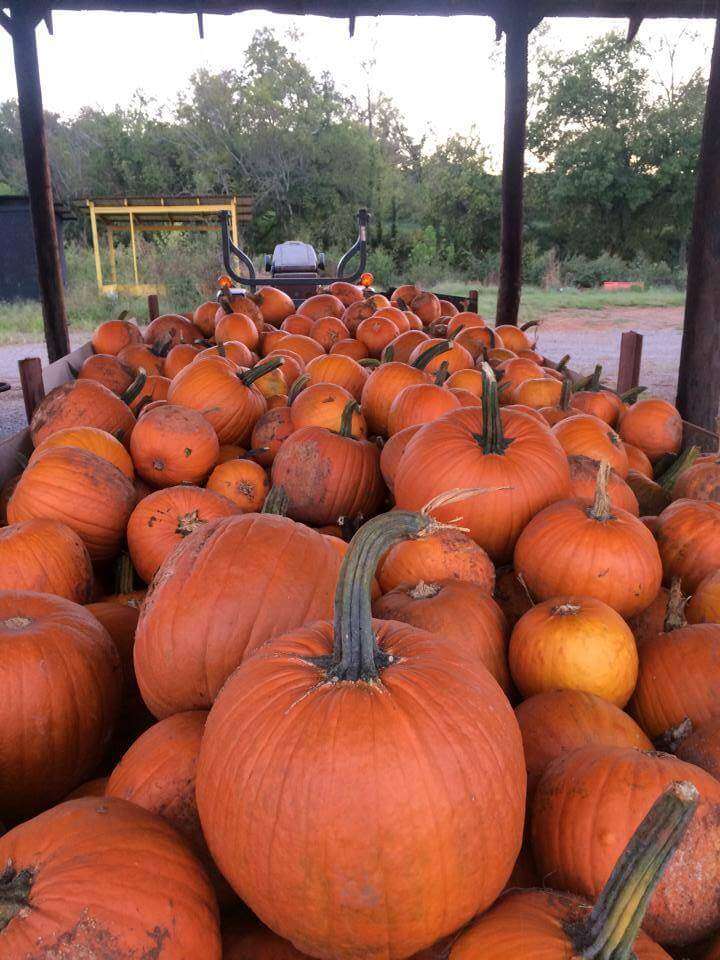
“Even if they don’t produce truffles, 50 years from now I’ll have an oak tree I can harvest. I may pay a dollar or two more for that inoculated tree, but what’s another dollar or two if, as a family farmer, I only have to do 300 of them and not 10,000? So that’s something I’ve looked into.”
At one time, Mayfield grew more conventional produce, but as a small farmer “it’s just a tough row to hoe, produce is hard. Farming is hard, period. I’ve got some ideas in mind of niche crops. Right now, if I planted an acre of hops, I would be the second-largest hops grower in Tennessee.”
The drawback to hops is the same with many produce items – labor is an issue. Mayfield does bring in four H2-A visa workers to help out each year, but it’s still a constant concern.
Mayfield is always on the move, looking for different niches to fill that don’t involve trying to sell a produce crop to buyers who are focused on appearance as much as any other factor.
‘They Want A Peach As Hard As A Brick…’
“I want to try to find and look at these little niche things that can go to a bakery, a winery, a processing type place. If instead of a dollar a pound, I get 50 cents a pound but have no packaging costs and a lot less labor because there’s no grading, that to me is what I see the future being,” he says. “I just get sick of dealing with grocery stores and people who just tend to beat you up so much on appearance – they want a peach as hard as a brick that comes out the other side okay when you throw it through a sheetrock wall, no bug bites, no imperfections.”
That said, Mayfield still sells his best-looking fruit to the fresh market. “I’m not going to go away from those customers. But I honestly don’t see how people make money at tomatoes or peppers, you’ve got to be 300 acres-plus to be wholesaling most of your crop. With tomatoes and squash and peppers, you better have it sold before you stick the seed in the ground.”
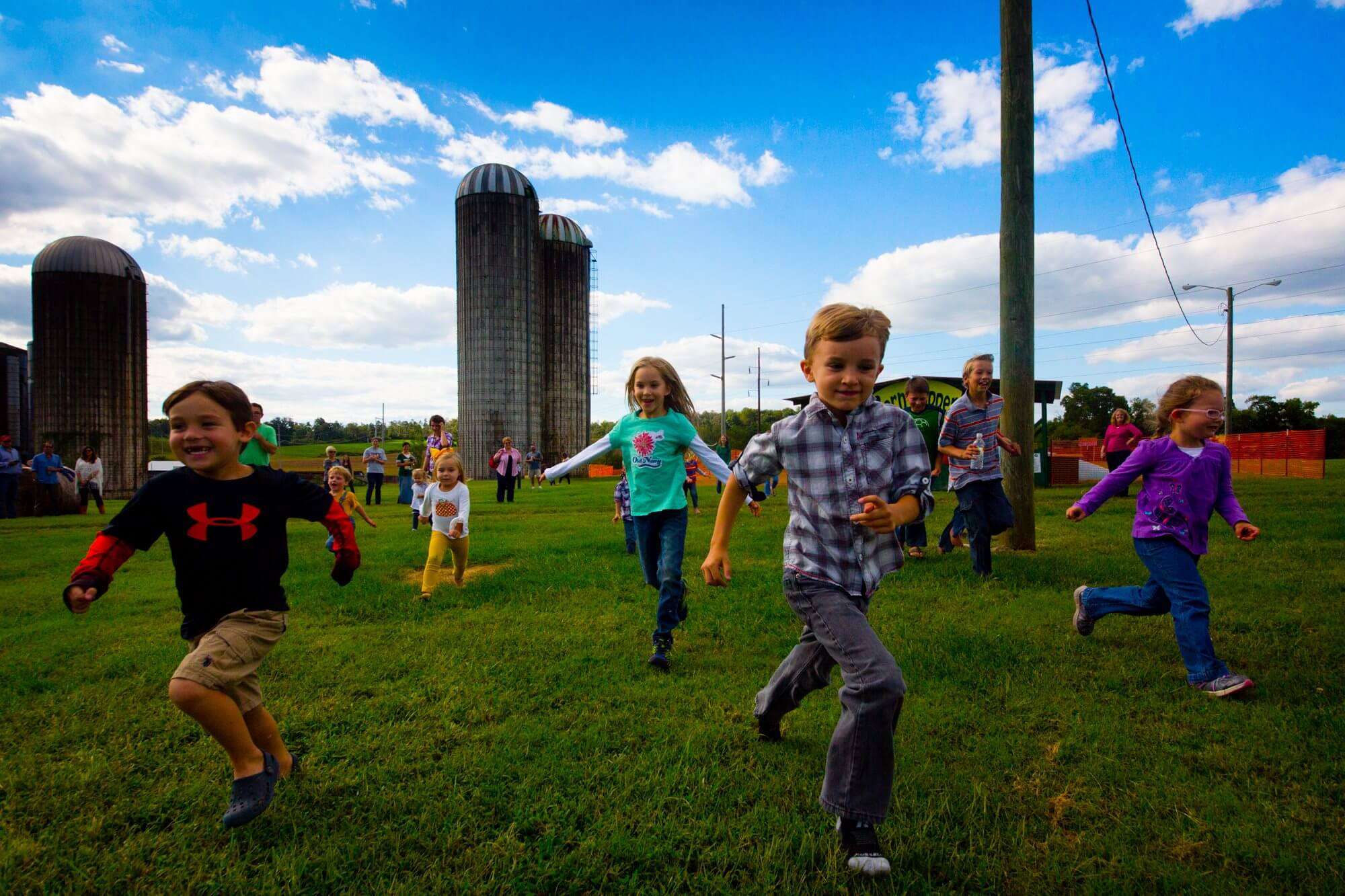
The 15-acre pumpkin patch includes ornamentals or annuals in rotation and Mayfield’s 300 acres of row crops – corn, wheat and soybean in rotation – are likely destined to become hayfields in the very near future. A friend and fellow (comparatively) young farmer realized he could fill a niche cranking out old-fashioned square hay bales instead of today’s big roll-ups; there’s a market for those and few farmers filling it.
‘How Can We Diversify And Make More Money?’
Mayfield knows high-priced ginseng grows wild on his property. He wonders if he might not be able to cultivate patches here and there in some of his rocky, hilly acreage that’s not good for much but trees. He’s thinking about moving into raspberries. He’s had interest from some wineries about growing loganberries for hooch.
Mayfield intends to focus even more on agritourism and believes it can make the difference between success and insolvency for many small farmers. Saturation will be a problem eventually, but not yet.
“There’s opportunity out there to find new things and find little niches and make a decent living if you do it well,” Mayfield says. “Agritourism is going to have to be part of the thought process: How can we diversify even more and make more money?”
Being better than merely profitable is especially important for families who want to hand off operations generation by generation.
For Every Farmer Under 50 There Are 10 over 60…
“That’s the age-old proverb, Johnny wants to come back and work on the farm, and the farm doesn’t make enough money for Johnny Sr. much less adding Johnny Jr. You’ve only got so many acres of ground that can only produce so much gross revenue a year, how do you stretch that dollar?”
Agritourism offers branding opportunities for larger farms and is “a huge lifeline” for smaller farms. Mayfield is looking into doing barn weddings, corporate events, maybe even summer camps for kids since most of the infrastructure is already in place from other efforts.
“So that’s where the future of the farm is,” Mayfield says. “When I go to agritourism conferences, I see young people. But if you go to corn seed day or something, just look around, for every guy that’s under 50 there are 10 that are over 60. People say they run a family farm for the love of it, and I do love it, but when it’s all said and done we want to have something left in our back account. If you love doing what I do, it’s all about finding new ways to make a dollar.

